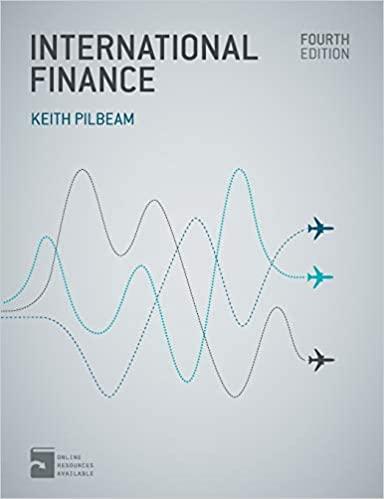Answered step by step
Verified Expert Solution
Question
1 Approved Answer
In this problem, we will go through the steps of managing an active portfolio. We will provide a set of instructions on how to construct
In this problem, we will go through the steps of managing an active portfolio. We will provide a set of instructions on how to construct the portfolio.
With a passive strategy, we believe that we cannot identify which assets are better than others, after accounting for their risk as measured by With an active strategy, we believe that we are able to identify assets that have an abnormal return, that is an
When we want to add a stock to any actively managed portfolio, there is a tradeoff. On the one hand, we love to get the extra return from the that is the abnormal return of the stock for which we do not have to take market risk. On the other hand, we add firmspecific risk to the portfolio by exposing ourselves to individual companies.
This tradeoff is measured through the information ratio. A stock with a large information ratio has a large or small firmspecific risk, or both. Using this line of thinking, there is a clear rule of deciding the weights in an active portfolio.
In the following, we are using the following notation: The market portfolio has the index the existing active portfolio has the index and the stock you want to add to this portfolio has the index
You are given the following information about the excess return and standard deviation of the market portfolio:
You are given the following information about the existing active portfolio, which was estimated using a singlefactor model:
The stock we wish to add has the parameters:
a Find the systematic and nonsystematic components of the variance of Stock S
Using the rules for building an active portfolio, we find that we should build a new active portfolio which consists of of A and of
b Find the and variance from the firmspecific risk of the new active portfolio That means, find and

Step by Step Solution
There are 3 Steps involved in it
Step: 1

Get Instant Access to Expert-Tailored Solutions
See step-by-step solutions with expert insights and AI powered tools for academic success
Step: 2

Step: 3

Ace Your Homework with AI
Get the answers you need in no time with our AI-driven, step-by-step assistance
Get Started


